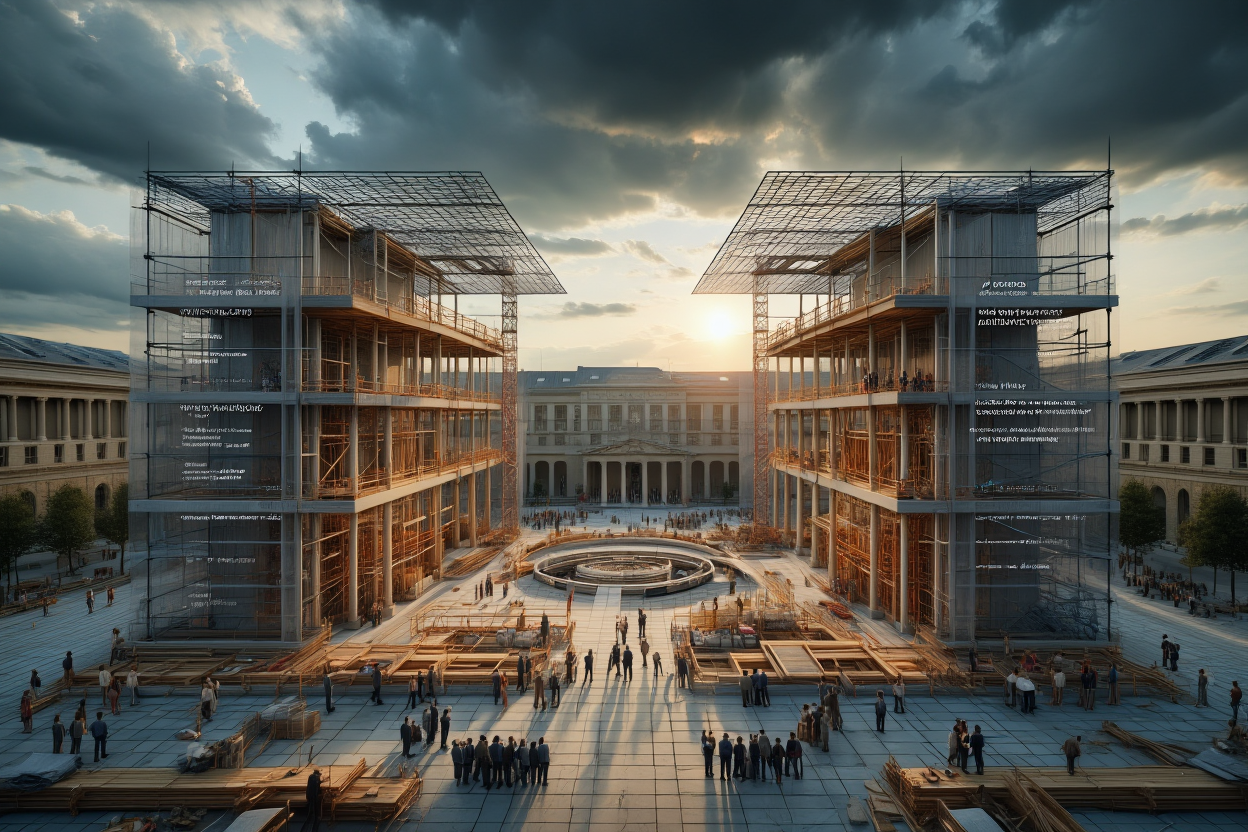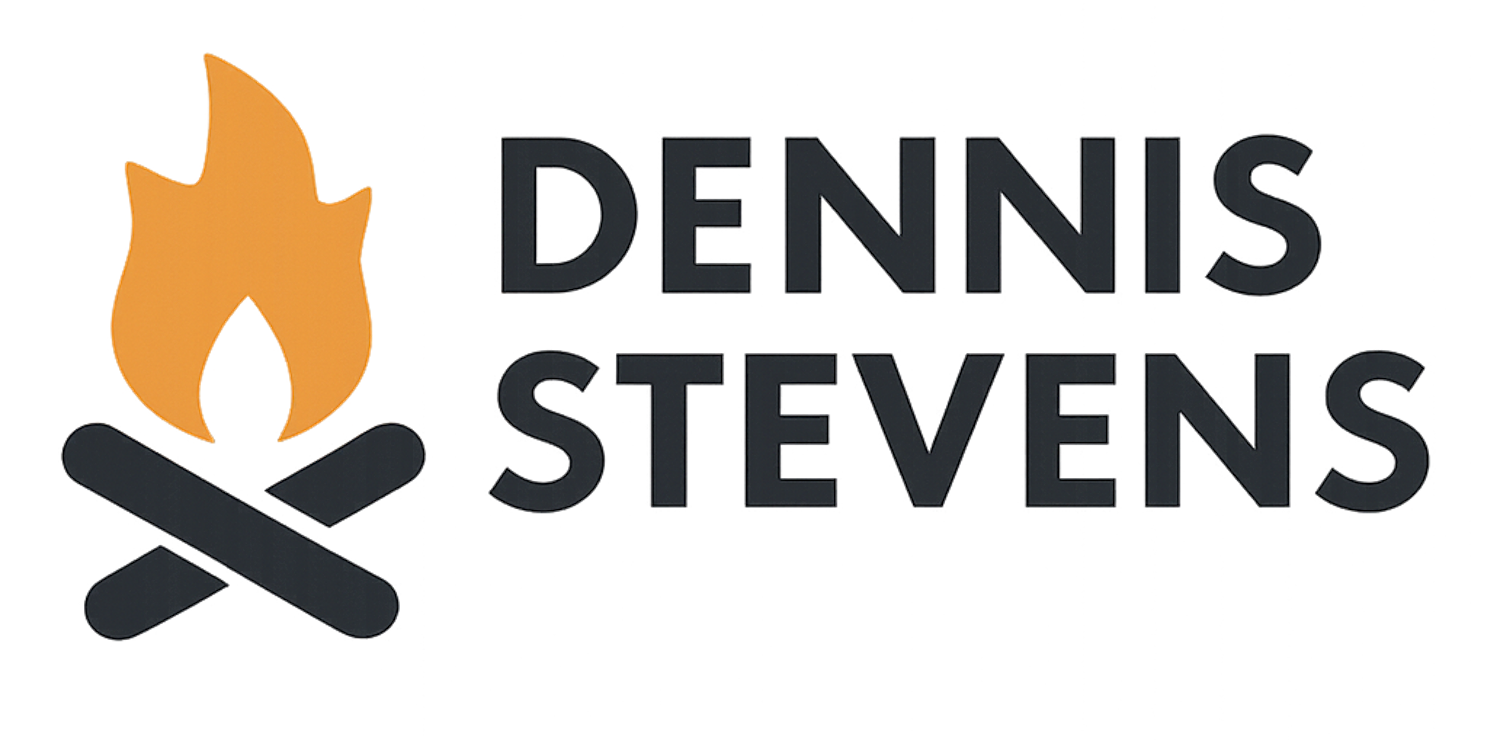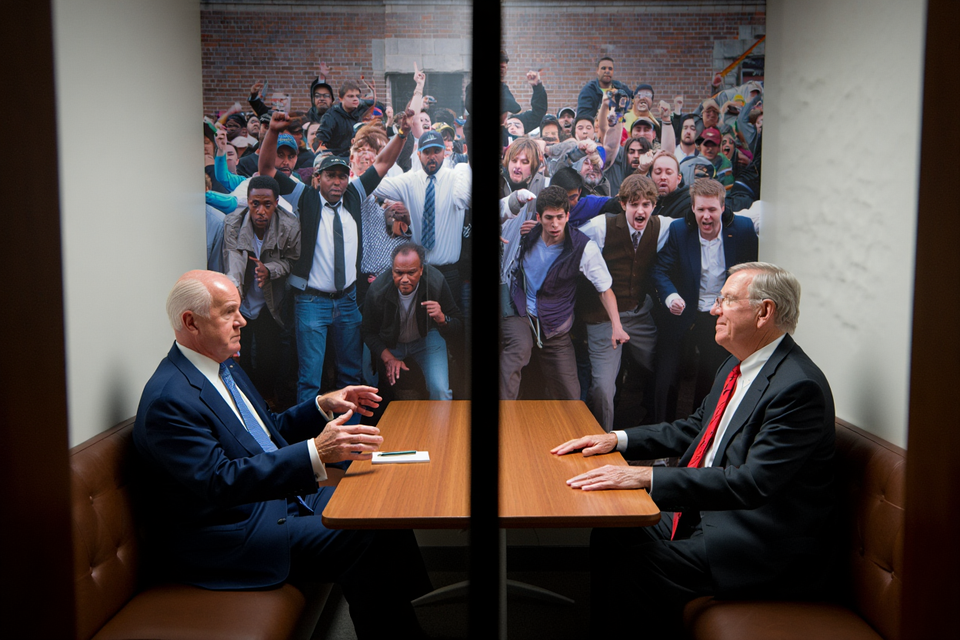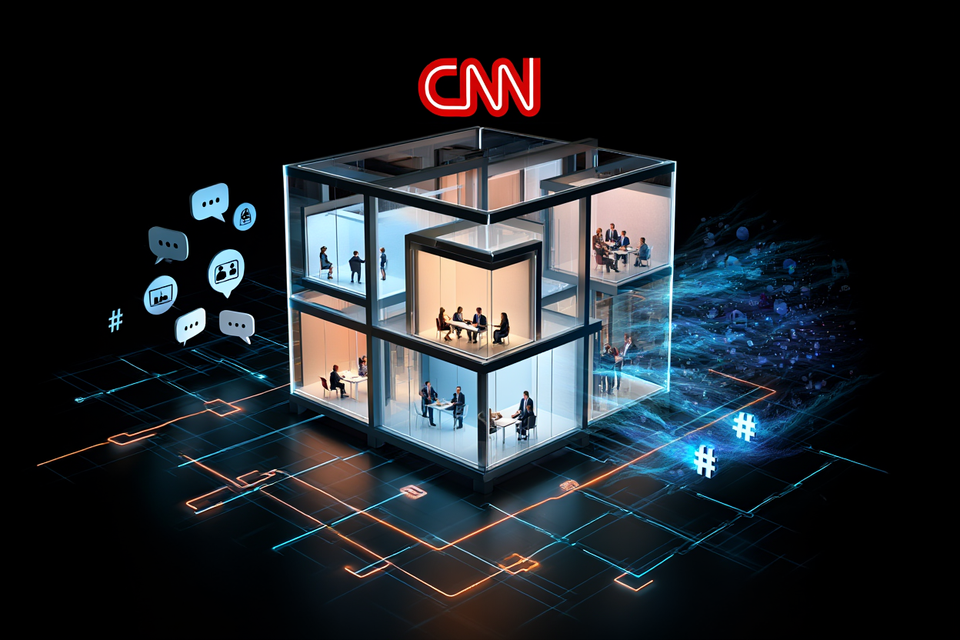Media Bias Debates Miss The Real Problem
Media bias debates distract from what journalism must become: civic architecture. The real divide is how groups assign risk and blame. Journalism’s task is to design scaffolds, filters, and pathways to help us navigate these tensions together.

The endless arguments about media bias have become a distraction from what journalism actually needs to become. While partisans debate which outlets lean left or right, they overlook a fundamental question: How should the media function in a democracy?
James Madison understood something in 1787 that today's media critics seem to have forgotten: factions are inevitable in a free society. In Federalist #10, he argued that the causes of faction "are sown in the nature of man" and cannot be removed without destroying liberty itself. The solution isn't to eliminate disagreement but to manage its effects through proper institutional design.
This insight is particularly relevant to our current media crisis.
The answer lies in reimagining journalism as a form of civic architecture.
In this framework, journalism becomes a deliberately designed system of scaffolds, filters, and deliberative pathways that help diverse communities navigate complex realities together. Rather than merely delivering information, it structures how people interact with beliefs, evidence, one another, and in the context of shared challenges.
The Architecture of Understanding
Consider what these architectural elements actually do in practice.
Scaffolds are the structural supports that help audiences understand not just facts, but how facts are constructed and debated. Transparent sourcing, annotated context, and clear editorial standards reveal the process behind the reporting.
Filters act as ethical curators, separating signal from noise while maintaining “epistemic hygiene.” They have the innate capacity to preserve and contend with multiple perspectives without collapsing into echo chambers; as F. Scott Fitzgerald famously observed, “the mark of a first-rate intelligence is the capacity to hold two contradictory ideas at the same time and still remain able to function.”
Deliberative pathways transform disagreement from polarization into productive dialogue. These are the forums, comment structures, and cross-community conversations that slow down outrage and foster shared judgment.
AI can strengthen these pathways through assistive technologies such as the Habermas Machine — an AI-assisted deliberative architecture that moderates, filters, and structures public discourse to align with principles of communicative rationality; named for Jürgen Habermas’ theory of the public sphere, the Habermas Machine uses natural language processing and machine learning to flag bad-faith argumentation, surface neglected perspectives, and scaffold dialogue so that disagreements remain reasoned and constructive rather than tribal and destructive.
More broadly, the approach I am advocating for the advancement of news, as it relates to politics, recognizes a crucial distinction: “truth” can rest on evidence or arise from deeply held belief, while meaning depends on context, framing, and how facts are interpreted across diverse attitudes, beliefs, and value systems. This is the tension that Twenty-First-Century journalism, in the news as it relates to politics, must learn to wrestle with – openly, structurally, and by design.
The Missing Architecture
While some point to outlets like PBS NewsHour as examples of balanced journalism, even these fall short of true civic architecture. They may present multiple viewpoints, but they still operate within the same "leave it there" fundamental framework, treating journalism as information delivery rather than a meaning-making infrastructure.
The problem isn't that no one is trying—it's that the entire industry remains trapped in epistemological frameworks that cannot address the deeper crisis of democratic discourse. Even well-intentioned efforts to present "both sides" miss the point when those sides are operating from fundamentally different ways of knowing.
What we need doesn't yet exist: journalism designed from the ground up to facilitate interpretation and understanding across political ways of knowing, rather than just explanation and prediction.
The path forward requires rebuilding public meaning through a new framework for civic journalism—one that can navigate factionalism, AI, and mediated truth while creating genuine spaces for democratic discourse.
Emerging initiatives like CeaseFire represent potential opportunities to move beyond traditional journalism toward structured dialogue across difference. Whether such efforts will embrace the deeper architectural changes required or remain trapped in conventional frameworks remains to be seen.
Beyond False Neutrality
The traditional approach fails because it pretends journalism can stand nowhere. Every news organization operates within cultural, political, and institutional frames.
Madison's genius in Federalist #51 was recognizing that "ambition must be made to counter ambition"—that healthy institutions channel competing interests rather than suppress them. Similarly, journalism must be designed to harness the energy of disagreement rather than pretending it doesn't exist, or worse, monetizing conflict as spectacle and entertainment.
Good civic journalism acknowledges these positions while practicing epistemic hygiene. It illustrates how perspectives differ, compares their moral foundations, and creates space for deliberation across these innate and inherently American differences.
This matters because research shows that 67% of those who distrust news media cite "bias, spin, and agendas" as their primary concern. The public senses that powerful interests are using media to push agendas rather than serve democratic discourse, and the moral and ethical foundations of these divergences need to be better understood.
Leadership with Humility
The path forward requires journalism to practice leadership with humility. This means taking responsibility for creating civic infrastructure while acknowledging the limits of any single perspective.
It means designing news systems that advance interpretation and understanding across political ways of knowing, rather than just explanation and prediction.
The goal becomes sustaining a common world where meaning is continuously built and rebuilt across difference. This transforms journalism from passive neutrality into active civic engagement.
The media bias debate has run its course. The question now is whether journalism will evolve into the civic architecture democracy actually needs.




